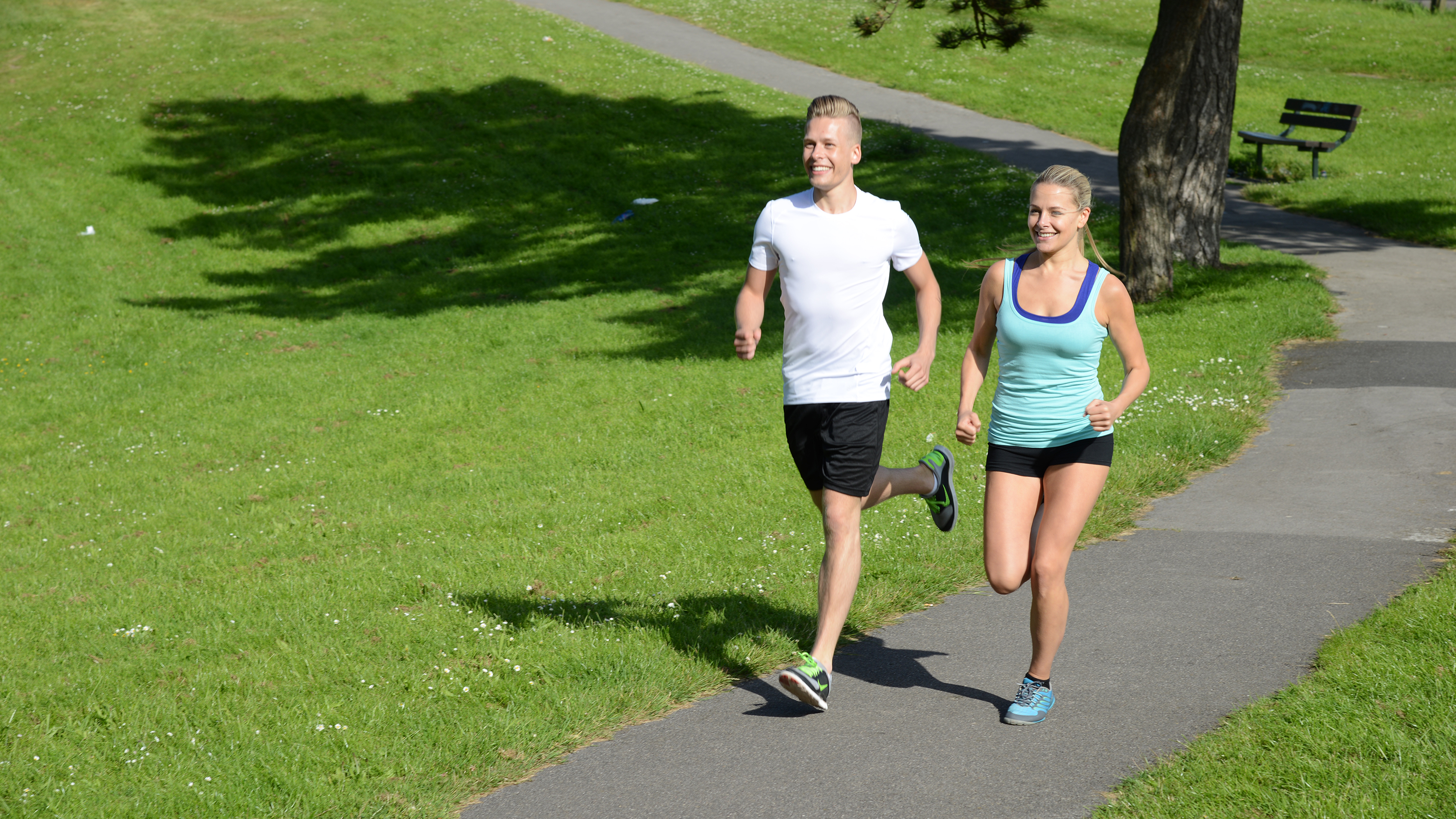How to stay healthy in a heatwave: Avoid heatstroke, dehydration and more
Experiencing a heatwave? Avoid running foul of these common hot-weather health problems


Things are hotting up. The UK is currently experiencing an enormous heatwave, with highs of 33 degrees. In the US and around the world, similar spates of hot weather are becoming increasingly common.
But while it's nice to get out in the sunshine, hot weather comes with its own unique risks, from dehydration to heat stroke to skin cancer. Below, we've listed a few ways to enjoy the summer safely, preventing you from falling foul of these common hot-weather health problems.
- Working out? Here's the best water bottles for the gym
- Heading for a hike? Then you'll need the best water bottles for hiking
- Track your calories with our best Fitbit deals
Hydrate, hydrate, hydrate

Going on a car journey? Take a bottle of water. Going for a workout outside? Take a bottle of water. If you're leaving the house in the blazing heat, water should be right next to your keys, phone, purse/wallet and mask as your outdoor essentials.
Hydration matters. One recent study by scientists at the University of Georgia found being dehydrated for two hours affects your body and brain function. More severe dehydration also damages your kidneys and causes dizziness, which can affect your ability to stand, walk and run properly.
Always drink lots of water while in the sun, especially if you're exerting yourself. A little workout in the heat is good for you according to science, but take care to regularly hydrate even more thoroughly than you would during an ordinary workout.
Avoid heat stroke
Dehydration and heat stroke are the two biggest dangers in the heat. Our bodies naturally cool themselves down when we sweat or exude heat through the skin, but in very hot climates, this cooling system can fail us, and we can become too hot faster than our bodies can cool us down.
Heat stroke symptoms can be similar to dehydration (dizziness, headaches), and due to the nature of the illness, the two often go hand in hand. However, heat stroke can lead to a racing heartbeat, fatigue and in severe cases, seizures and hallucinations.
Start your week with achievable workout ideas, health tips and wellbeing advice in your inbox.
Watch for those signs. if you feel hot, dizzy and dry, immediately find shade or a cooler environment indoors. Take a break, drink some water and wait for your body to cool down before exposing yourself to the heat again.
Keep your phone on hand

Sometimes, you might not have water on hand and be unable to access shade. You could be in the middle of a run or a nature walk, or local businesses might be shut.
A summer's day is often the best time to experience a hike in a national park, or get a workout in. However, make sure you're contactable and you are able to call for help if needed. Keep your phone charged and take it with you when you go out.
An additional battery pack or power bank is a great investment that will at least double the battery life of your phone. You'll always be in a position to call a taxi or Uber or phone for help if you or another member of your party happens to fall ill to dehydration or heat stroke. The Anker Powercore 20100 is one of the best of the bunch.
Limit alcohol consumption
Drinking alcohol, especially an ice-cold beer, certainly feels like it's slaking your thirst. However, this is actually an illusion. One study from the scientific journal Alcohol found alcoholic drinks increase the deterioration of dehydration symptoms.
The dizziness, headaches and endless thirst will arrive much faster if you're drinking beer or wine. It leaves you needing a bottle of water, but craving another alcoholic drink.
If you plan on drinking alcohol in very hot conditions, make sure you moderate your drinking. Ideally, you would be drinking as little as possible, or none at all, on days hot enough in which dehydration is a real risk.
Wear (and reapply) sunscreen

Unprotected sunlight is a known cause of nonmelanoma skin cancer. In excess, the sun's ultraviolet light also induces unique mutations in human cells, exacerbating cancer risk.
Sunshine is good for us, allowing us to absorb vitamin D through the skin and helping us to feel happy. But in extremely hot weather, ensure you wear protective sunscreen from the moment you step out your door. Reapply regularly and thoroughly throughout the day, and do it more often than you think you should be doing it.
One study from the Journal of the American Academy of Dermatology found sunscreen should be applied 15 to 30 minutes before going out into the sun, to allow the sunscreen to soak into the skin and apply its protection. The study looks at the overlap of the SPF protection and how long it takes to fade. The results found we should be reapplying our sunscreen 15 to 30 minutes after sun exposure begins, and after any vigorous activity such as sports or swimming.
Liked this?
Matt Evans is an experienced health and fitness journalist and is currently Fitness and Wellbeing Editor at TechRadar, covering all things exercise and nutrition on Fit&Well's tech-focused sister site. Matt originally discovered exercise through martial arts: he holds a black belt in Karate and remains a keen runner, gym-goer, and infrequent yogi. His top fitness tip? Stretch.
